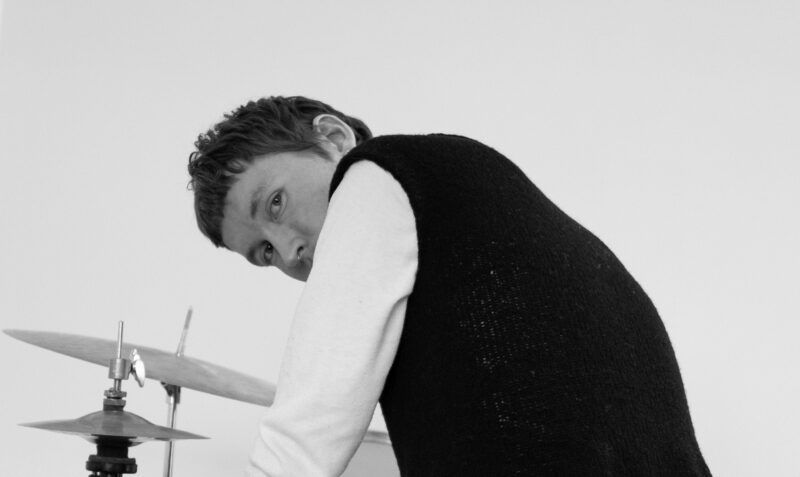If you’ve seen an up-and-coming Danish band live at any point over the last couple of years, then it’s not impossible you also saw Jonathan J. Ludvigsen sitting behind the drums. As well as being a member of neo-jazz trio Athletic Progression, he’s also spent time on the sticks for Zaar, Erika de Casier, Selma Judith and many more. But now he’s stepping into the spotlight of the centre stage with his solo project J. Ludvig III.
His sound as J. Ludvig III is the product of series of influences he’s collected over the years, but still sounds like nothing he’s ever been involved with before. On the single WKM, he pairs a grandiose, luxurious electronic production style that nods to Kanye West with razorblade emotional edge, a song cut through with tension and nerve. It’s a piece of bubbling, unpredictable hypermodern music that takes hip-hop, pop and soul and twists them all together into something new. His debut album Sadboy Fusion is out on November 26 on Barkhausen Recordings, and we caught up with Ludvigsen to share a few questions about it.
We’ve heard from you in other bands before, what were the origins of your solo project?
I reached a point in my development when I was in the last year of my bachelor at the conservatory in Aarhus, where I wanted to pursue an idea that couldn’t be constricted or compromised by the opinions of others. I had always wanted to try and make a project of my own, but couldn’t find a process that suited me well enough to see it done. When I realized that I shouldn’t try and compose in the conventional way that many people think you should, I could finally enter a process where I just had fun, and let my quirky ideas exist without doubting them. With that said I also think the album is an outburst of very personal stories and emotions, which I couldn’t have articulated in the company of others – it was truly just a pursuit of creating emotion in myself, first and foremost.
Tell us something about the track WKM.
What Keeps Me tells the story of a person that loves someone, who’s different, not a blood relation, but close enough that you wanna show that person that you are family. Its a portrayal that can be reflected in some of my own relations, in people that I have around me that have issues that I can’t seem to help with, in people who I love, who I don’t manage to tell enough, because of being away, being busy, a career that overshadows your personal life. In the WKM video (animated by Thomas Seidelin) you enter a cold and empty hyperreal living room, which I see as the home of said person, who chose career over personal relations.
The sound on this album is very unique, it doesn’t fit neatly into any musical box. What kind of influences, both musical and non-musical, did you take into the project?
The intro to the song is a Zoom recording of me playing an improvised intro to a former version of the song at my first concert. I like recycling musical moments and using them in a different way than was first intended. However, overall I listened a lot to Jon Bap, Bon Iver and Kanye West around the time I made the album. The vocal production is very inspired by the invasive distorted vocal production on the outro of Runaway (Kanye West) and the thick vocoder vocal productions on 22, A Million (Bon Iver). The complex grooves that exists underneath the poppy sound on a song like Shell are very inspired by Jon Bap, especially his album What Now? When I heard that I had an epiphany, I could find ways to use my niche drum ideas to create a parallel universe, co-existing but constantly interfering with a fragile, naïve, overly simple harmonically, emotional lyrical universe, channelling a non-solemn, childlike approach.
“What Keeps Me” – it seems like a big theme on the record is breaking through barriers, restrictions. Would you go along with that?
Definitely, just in terms of my work with music, the making of this album in itself broke a huge writing barrier I had constructed, which mainly came out of perfectionism and the idea that you need a fast and perfect end product. I learned to love the process and accept, and like the best, the imperfections of the process. But it also speaks to a lot of personal barriers and relationships, that have been through a development for me before and since the making of the album. Relationship, family, insecurity and low self-esteem.
When you have a diverse musical background in classical, jazz and more, is the structural fluidity of the songs a way for you in writing to fit all your ideas together and make them work?
I wouldn’t say that I wrote the songs with that as a premise no. I like songs with a conventional form, and I think songs on the album like Shell, See U and Substance Part have a pretty normal form. However, I was very into the idea of having many rooms you enter and not much that repeats, having the composition be a constant journey, like Nights by Frank Ocean is, three songs in one that fit perfectly together. I would go about working on one section a lot without letting the intention of where it should lead drive the process of making it, and welcoming the new ideas that would then arise for a new part next time I would pick it up. I’ve always wanted Sadboy Fusion to surprise and be a deep and challenging listening experience. When I listened to Blonde by Frank Ocean for the first time I didn’t understand it, the same with Yeezus and To Pimp a Butterfly. Those albums where I needed to go deep in order to understand and take it all in, are the albums that have always stuck with me the longest.
Interested in the best yet still way too unknown music? Awesome! Because every Monday you’re favourite music blog is updating its 50-track-strong Listen AHEAD Playlist on Spotify as we add ten strong songs by fresh artists on top of it. And you are happily invited to follow the playlist over on Spotify and give these new talents a spin. They surely deserve it.
This week’s picks include brand new music from artists like Anaïs, Bad Idea, Kindsight, Mystic Peach. Come and hit the play button.



